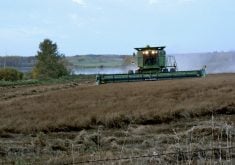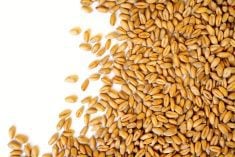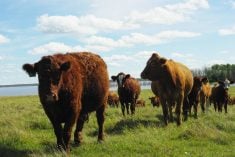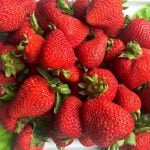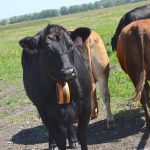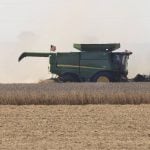CHICAGO, June 5 (Reuters) – Fusarium head blight has emerged in winter wheat crop in parts of Kansas, the biggest U.S. producer of the grain, a crop expert said.
A fungal disease, also known as head scab, can infect wheat with a byproduct called vomitoxin, which sickens animals and people if consumed in large quantities.
“So far we have found moderate amounts of scab in southeast and east-central Kansas. Wheat in central and western Kansas appears to have only trace levels of the disease,” Erick DeWolf, a plant pathologist with Kansas State University, said in an e-mail on Thursday.
Read Also
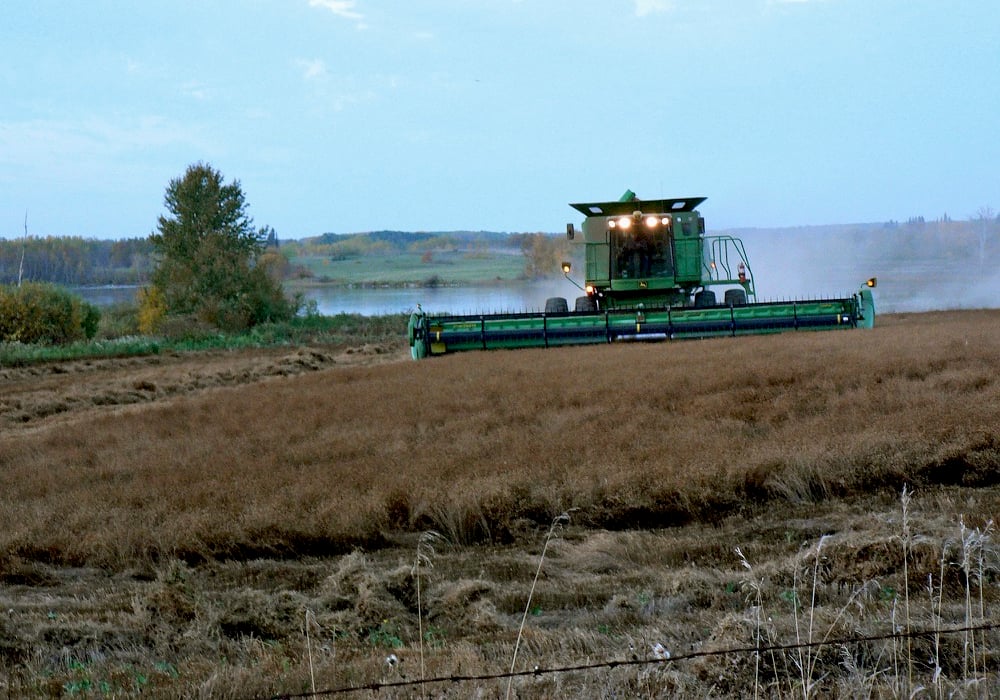
Most of Manitoba harvest wraps up for 2025
Manitoba Agriculture issued its final crop report of 2025, showing the overall provincewide harvest at 97 per cent complete as of Oct. 20. Nearly all major crops have finished combining, with 37 per cent of Manitoba’s sunflowers finished, plus 71 per cent of grain corn and small amounts of soybeans and potatoes left to do.
Wheat is most vulnerable to scab when wet conditions are present during flowering, the crop’s reproductive phase. That phase occurred in Kansas in May, when most of the state recorded above-normal precipitation. Harvest should begin in the state later this month.
Grain elevators can test for vomitoxin, and many impose discounts against wheat contaminated with more than two parts per million (ppm). The U.S. Food and Drug Administration limits vomitoxin in food products to one ppm, while certain kinds of livestock feed can contain slightly higher levels.
Wheat growers across the southern Plains have already had to contend with various yield-robbing diseases, particularly stripe rust, due to wet conditions this season.
In Texas and Oklahoma, historic amounts of rain in May eliminated a multi-year drought but swamped wheat fields in some areas. The wet weather has delayed the start of the harvest there and raised the risk of sprouting in mature grain, a significant quality problem.


